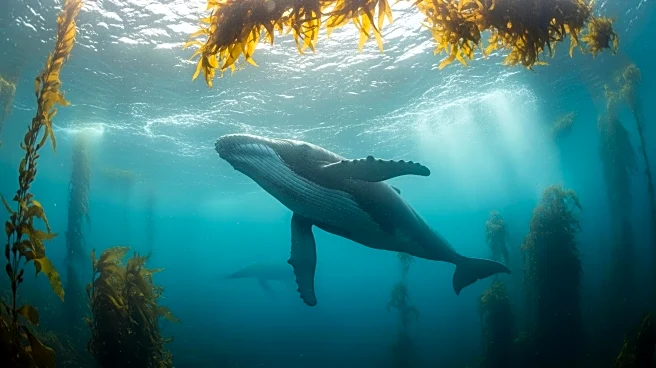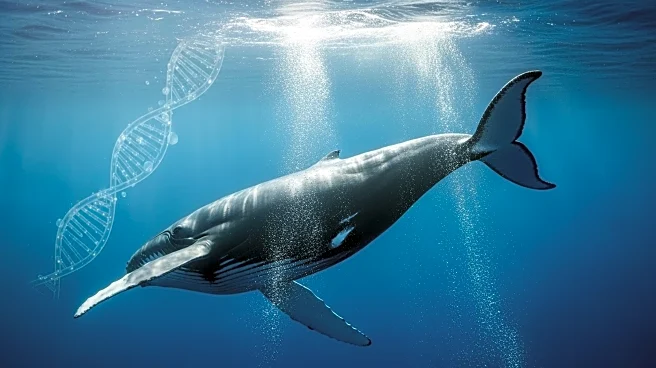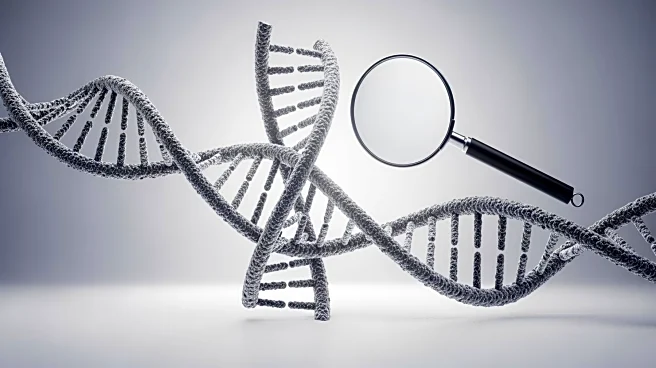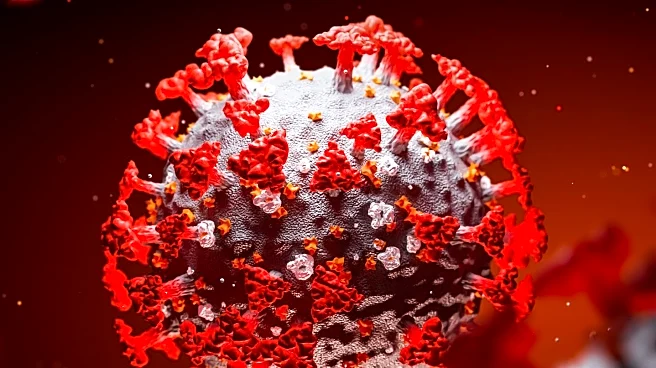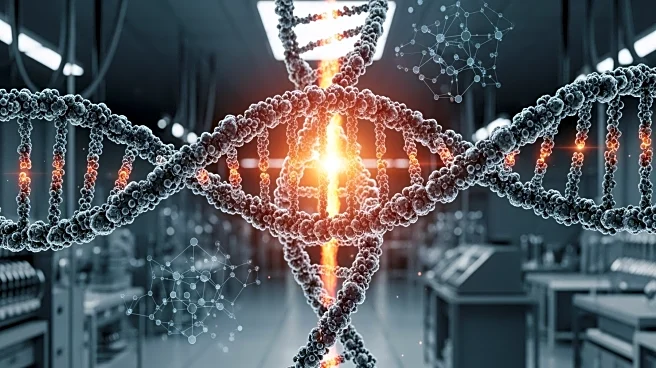What's Happening?
Research has revealed that cetaceans, such as dolphins and whales, have lost the gene for the master adipose tissue regulator β3-adrenergic receptor, which may explain their thick blubber and evolutionary
adaptations during the Oligocene period. The study involved analyzing genomes from 27 cetacean species to explore the adaptive evolution of the ADRB3 gene. The loss of this gene is believed to have contributed to the development of thick blubber, aiding in thermoregulation and buoyancy.
Why It's Important?
Understanding the genetic basis for cetacean adaptations provides insights into their evolutionary history and ecological roles. Thick blubber is crucial for survival in cold ocean environments, and its development may have been a key factor in the radiation and dispersal of cetaceans during the Oligocene. This research could inform conservation strategies and enhance our understanding of marine mammal biology.
What's Next?
Further research may focus on identifying other genetic changes that contributed to cetacean adaptations and exploring their implications for conservation. Scientists may also investigate the potential for genetic engineering to enhance conservation efforts for marine mammals facing environmental challenges.
Beyond the Headlines
The ethical considerations of genetic research in cetaceans should be addressed, particularly in terms of conservation and potential genetic manipulation. The impact of climate change on cetacean habitats and the role of genetic adaptations in their survival should also be explored.
